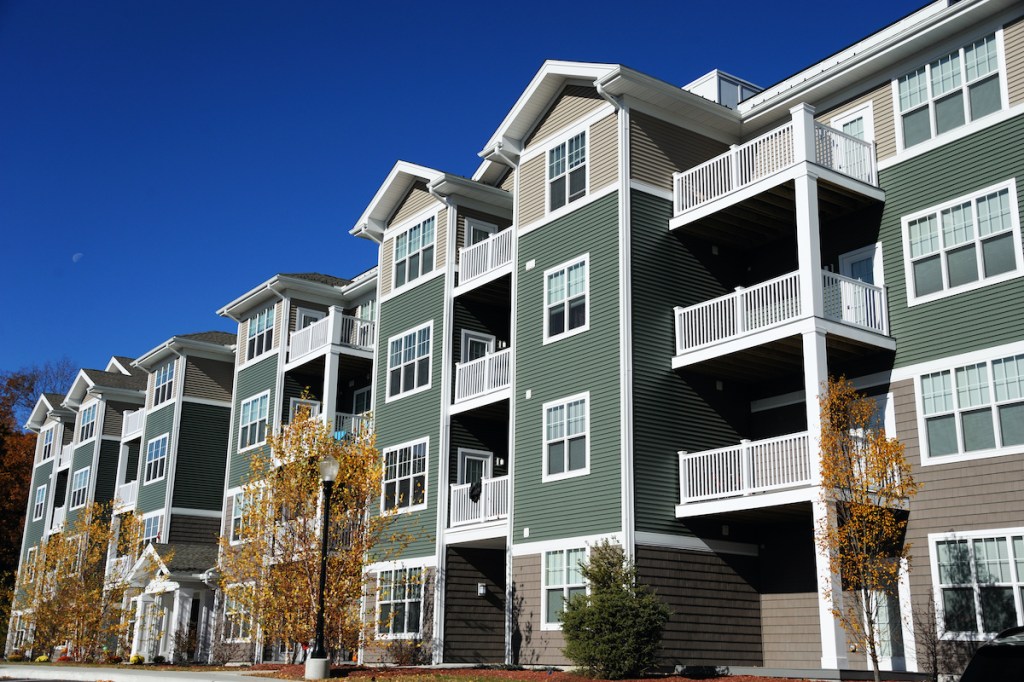Single-family rent prices in the United States only rose by 2.6% year over year in September, the lowest rent growth recorded in three years. That’s according to CoreLogic’s Single-Family Rent Index (SFRI), which analyzes single-family rent price changes nationally and across major metropolitan areas.
“Single-family rent growth eased again in September and is now back to the rate recorded before the pandemic,” Molly Boesel, principal economist for CoreLogic, said in a statement. “While low-tier rental gains are slowing, they have still surpassed those of their higher-priced counterparts since early 2020. Slowing month-over-month rent growth in September reflects typical seasonal patterns, but indications are that annual gains will remain positive through the rest of 2023.”
CoreLogic examined four tiers of rental prices: lower-priced (75% or less than the regional median); lower-middle priced (75% to 100% of the regional median); higher-middle priced (100% to 125% of the regional median) and higher-priced (125% or more than the regional median). The data firm also analyzed two property types: attached versus detached homes.
For these categories, rent-growth changes in September 2023 over September 2022 were:
- Lower-priced: Rent growth was up 3.6% versus 12%.
- Lower-middle priced: Rent growth was up 3.1% versus 11.4%.
- Higher-middle priced: Rent growth was up 2.3% versus 10.6%.
- Higher-priced: Rent growth was up 1.9% versus 8.7%.
Meanwhile, attached single-family rent prices grew by 3% year over year in September; detached rents grew by 2%.
St. Louis posted the fastest year-over-year increase in single-family rents in September 2023 at 6.5%. Meanwhile, San Diego and Boston recorded 6% and 5.1% annual rent growth, respectively. Austin, Texas, Miami and Las Vegas posted the biggest annual declines of -1.4%, -0.7% and -0.2%, respectively.





